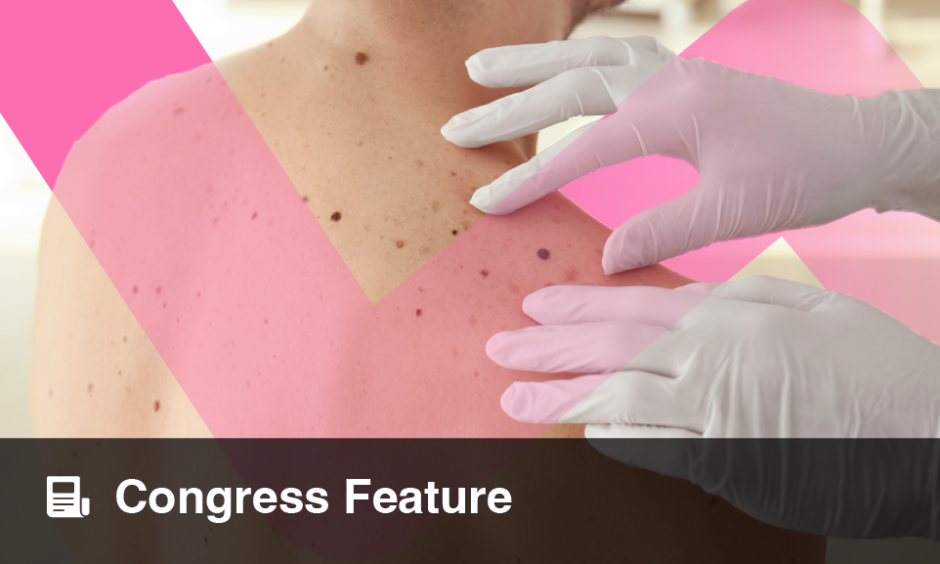Oral JAK Inhibitors and Dyslipidemia Risk
ORAL JAK inhibitors are associated with measurable increases in lipid levels, emphasizing the need for vigilant cardiovascular monitoring during treatment.
Systematic Review of Randomized Trials
This systematic review and meta-analysis evaluated 13 randomized, placebo-controlled clinical trials encompassing 3,978 patients treated with oral JAK inhibitors and 1,680 controls. Trials included participants with immune-mediated diseases such as rheumatoid arthritis, atopic dermatitis, Crohn’s disease, and psoriasis.
The analysis compared lipid changes before and after treatment across multiple oral JAK inhibitors, including baricitinib, upadacitinib, tofacitinib, and decernotinib. Each agent demonstrated statistically significant increases in both high-density lipoprotein (HDL) and low-density lipoprotein (LDL) cholesterol relative to placebo.
Magnitude of Lipid Increases
Across all indications, treatment with oral JAK inhibitors led to mean HDL increases ranging from 3.0 to 7.0 mg/dL and LDL increases between 9.0 and 15.7 mg/dL. For instance, tofacitinib was associated with an average rise of 7.0 mg/dL in HDL and 15.7 mg/dL in LDL, while upadacitinib produced increases of 5.4 mg/dL and 12.4 mg/dL, respectively.
Although these elevations may reflect shifts in lipid metabolism rather than direct cardiovascular injury, their persistence could contribute to long-term dyslipidemia and related cardiovascular risk.
Clinical Implications
The findings underscore the importance of routine lipid monitoring in patients receiving oral JAK inhibitors. Regular cardiovascular risk assessment and individualized management of dyslipidemia may mitigate potential long-term complications. Clinicians should consider baseline lipid testing prior to initiating therapy and periodic follow-up during treatment to evaluate evolving lipid profiles.
Although lipid elevations with oral JAK inhibitors appear modest, their cumulative effect could heighten dyslipidemia risk in susceptible patients. Clinicians should ensure baseline lipid screening, periodic monitoring, and individualized management to balance therapeutic efficacy with long-term cardiovascular safety and optimize outcomes for patients on JAK inhibitor therapy.
Reference: Isufi D et al. Risk of Dyslipidemia Associated With Oral Janus Kinase Inhibitors: A Systematic Review and Meta-Analysis of Randomized Placebo-Controlled Trials. Int J Dermatol. 2025; doi: 10.1111/ijd.70122.







